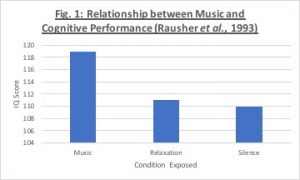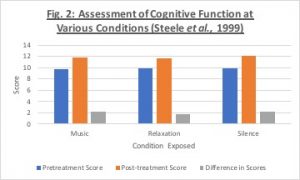As the warm spring weather melts away the winter cold, an increasing number of people, young and old, consider learning how to drive. Despite recent advances in technology optimizing driver safety, distracted driving remains a particular concern for new drivers.

Distracted driving is a factor in 25-50% of all car accidents. Source: Shutterstock via Jim Dodson Law
From 2005 to 2008, the number of distracted-driving fatalities increased 28.4% where 16 out of every 100 car-accident fatalities involved some form of distracted driving in the U.S.A. In 2010, the National Highway Traffic Safety Adminstration reported 1 in 5 traffic fatalities involved a distracted-driver! This shocking trend qualitatively corresponds to a growth in cell-phone usage in this period.
Using a driving simulator and a pool of 20 licensed drivers with on average 11 years driving experience, David Libby et al. compared the response time and sensory processing distracted driver with and undistracted driver. The average reaction time of a distracted driver increased over 41% when texting, adding 0.5 seconds to the baseline average response time of 1.2 seconds for the undistracted driver. Libby et. al. also found that distracted drivers missed 50% of the stimulus located in the peripheral vision compared to 12% for the undistracted driver.
Lim and Chi studied the effects of cell-phone bans on the reduction of distracted-driving related incidents. By studying car-accident data collected by state agencies, they developed a mathematical model to predict the outcomes of a cell-phone ban for distracted drivers. Lim and Chi data analysis noted that for every 100 drivers between the ages of 18 and 34, 95 were likely engaged in some form of distracted driving. Their model determined that for every 100 car-accidents, a cell-phone ban would reduce the risk of a fatality in 95 accidents.
Simply put, distracted driving kills. Put down your phone and get home safe :).
Aydan Con



